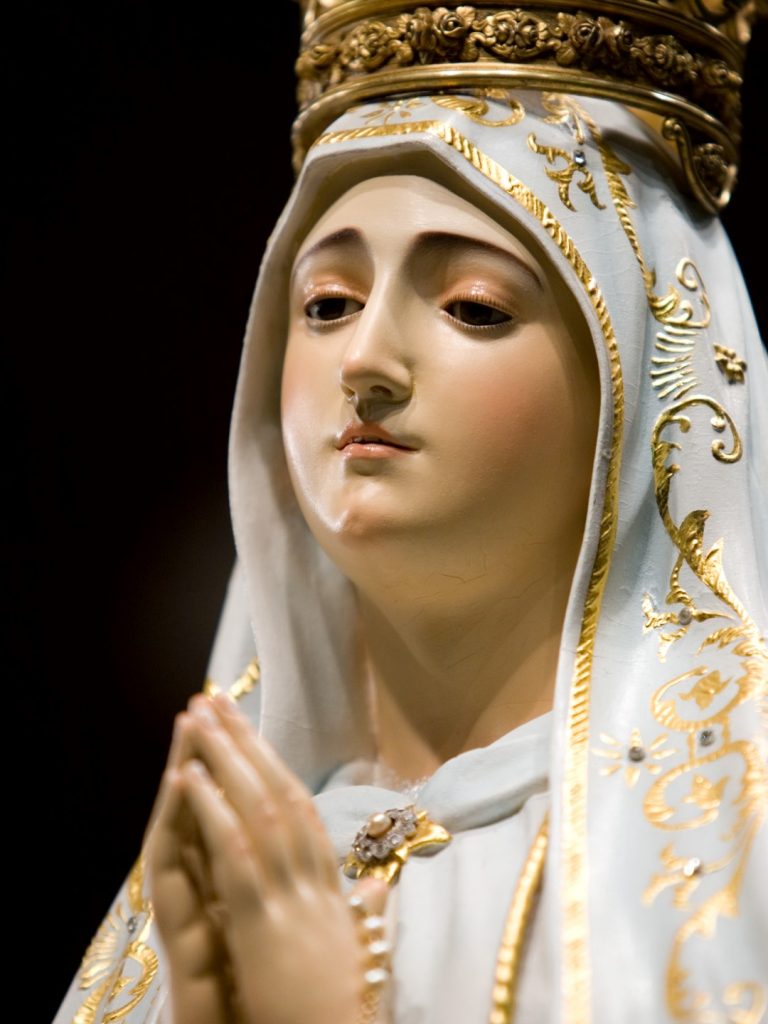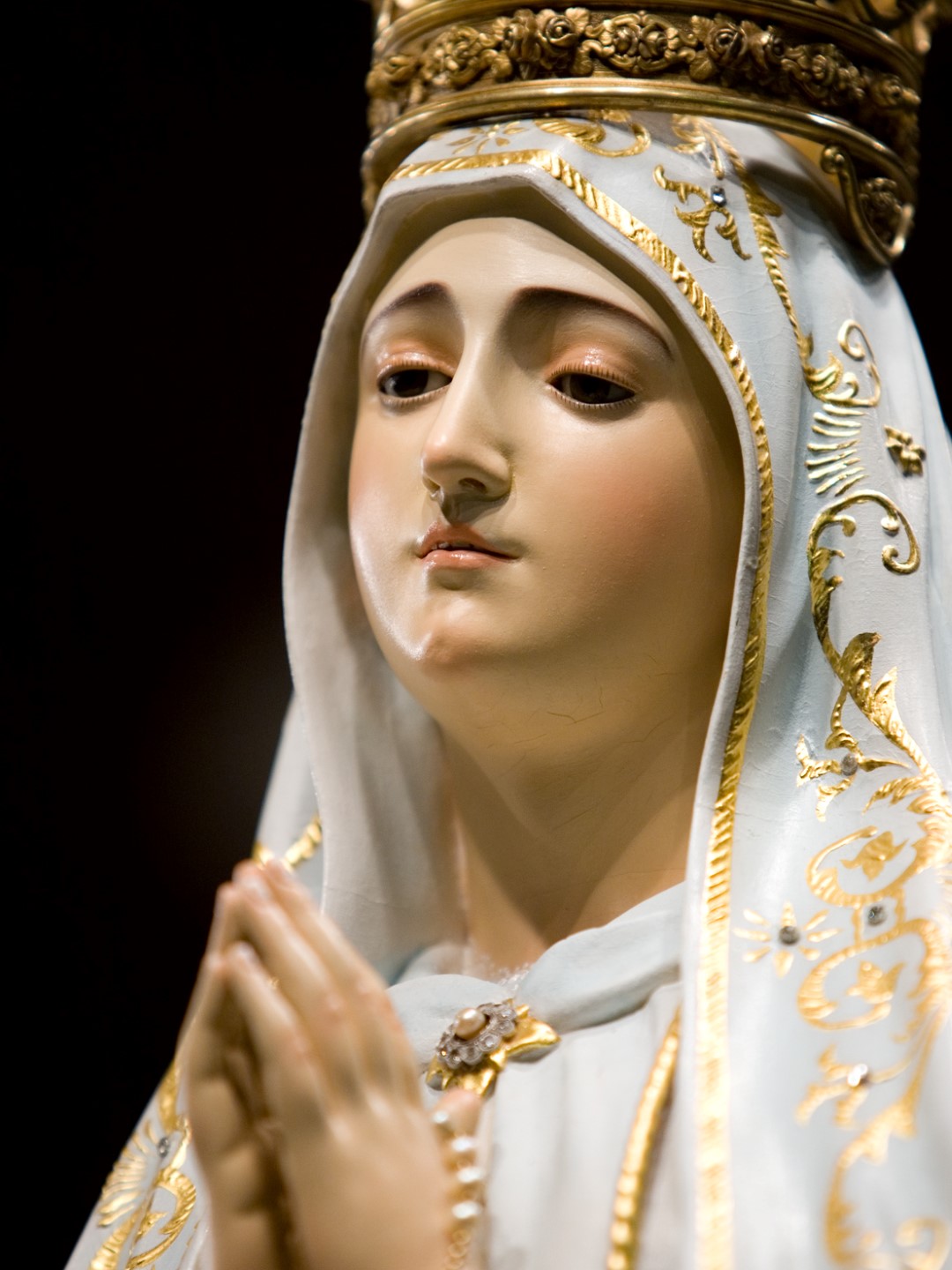Appearing to Sister Lucia on February 15, 1926, at her Dorothean Convent in Pontevedra, Spain, the Child Jesus asked whether the veneration to the Immaculate Heart of Mary, which Our Lady encouraged two months earlier on December 10, 1925, was being propagated. The sole surviving Fatima seer, acknowledging that some of the faithful were having difficulty in going to Confession on the First Saturday, humbly asked Our Lord if they would be allowed eight days to fulfill this part of the Five First Saturdays devotion. The God-Man kindly replied: “Yes, even more time still if they receive Me in the state of grace and have the intention of making reparation to the Immaculate Heart of Mary.”[1]
 Our Lord’s incredibly gracious response to Sister Lucia reminds us of at least four truths: (1) Our God is tender and more understanding than we can imagine. (2) Receiving Holy Communion in the state of grace, that is, without any mortal sin, is always and everywhere necessary—there is no dispensation for this requirement. (3) Having the intention to do something precedes the act itself (another way to state this is that our choices—good or bad—begin deep within us). (4) The Immaculate Heart of Mary, like the Sacred Heart of Jesus, is an object to which reparation is to be offered.
Our Lord’s incredibly gracious response to Sister Lucia reminds us of at least four truths: (1) Our God is tender and more understanding than we can imagine. (2) Receiving Holy Communion in the state of grace, that is, without any mortal sin, is always and everywhere necessary—there is no dispensation for this requirement. (3) Having the intention to do something precedes the act itself (another way to state this is that our choices—good or bad—begin deep within us). (4) The Immaculate Heart of Mary, like the Sacred Heart of Jesus, is an object to which reparation is to be offered.
It is this last truth that garners our attention in this brief reflection.
In his article entitled, “The Hearts of Jesus and Mary and the Theology and Practice of Reparation,” Monsignor Arthur Burton Calkins, S.T.D., offers a closer look at the reality of reparation to the Immaculate Heart of Mary, identifying this reparation as “the ‘consolation’ which we offer to her Immaculate Heart for what our sins have caused her to suffer for us.”[2]
Already in the second and third apparitions of Our Lady to the three little shepherds at Fatima,[3] we see a summons to make reparation to the Immaculate Heart of Mary. This call is further specified in the aforementioned apparitions at Pontevedra, Spain.
Reparation to the Most Sacred Heart of Jesus has long been known, esteemed and practiced by many Christians.[4] By analogy, the Immaculate Heart of Mary, ever at the side of the Most Sacred Heart of Jesus due to her dignity as the Mother of God and the Queen of the Universe, deserves repair for the offenses that have bruised it.
The notion of consolation is critical in understanding reparation to the Immaculate Heart of Mary. We console and offer solace to the Immaculate Heart of Mary for the sins that have gravely wounded it and for the abuse that it has unfairly suffered.
Certainly, Our Lady has not been treated as is fitting, given her status as the sinless, ever-Virgin Mother of God who was assumed into heaven and is now the Queen of heaven and earth.
Sin is the outright refusal to recognize the dominion of Christ the King and that of Mary the Queen.
Monsignor Calkins trenchantly notes:
In raising the topic of reparation offered to the Immaculate Heart of Mary, a topic which emerges with particular exigency at Fatima in our own century, we must keep in mind that, because of Mary’s Immaculate Conception, her soul was eminently sensitive to and capable of love and suffering: how deeply must every torment of her Son have been impressed on her Immaculate Heart!
As we noted in the case of reparation offered to the Heart of Jesus that He could see every act of consolation in the Beatific Vision; so in an analogous manner, even if Our Lady did not have a specially infused knowledge in detail of the sins of men, she must have been aware in at least a general way of our sins as well as our desire to offer her consolation.[5]
Reparation to the Immaculate Heart of Mary is especially incumbent on those who love Our Blessed Lady.[6] May we embrace it and never shirk from it, for it forms, in a mystical way, part of the hymn of praise that we gladly sing to the Mother of Jesus who now lives in Paradise.
[1] See http://www.rosary-center.org/firstsat.htm. As if that were not enough, Jesus further showed Sister Lucia His unspeakable mercy when He addressed the matter of those who forget to make the requisite intention: “They can do so at their next Confession, taking advantage of their first opportunity to go to Confession.”
[2] http://www.christendom-awake.org/pages/united-hearts/reparation.htm, Part VI.
[3] June 13, 1917 and July 13, 1917, respectively.
[4] http://www.christendom-awake.org/pages/united-hearts/reparation.htm, Part III.
[5] http://www.christendom-awake.org/pages/united-hearts/reparation.htm, Part VI.
[6] Among motives for reparation to the Immaculate Heart of Mary that derive from the devotion known as the Holy Communion of Reparation to be made on the five First Saturdays, which Sister Lucia mentioned to her confessor, is atonement for the blasphemies against Our Lady’s Immaculate Conception, her Perpetual Virginity, and her Divine Maternity and her Spiritual Maternity as well as for the sins of those who foster indifference and hatred against her in the hearts of children and for the sacrileges of those who outrage her in her holy images.
